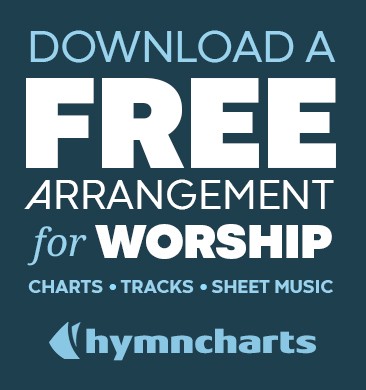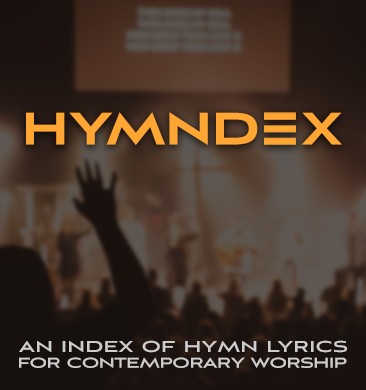What You’ll Learn:
- The “Think Like a Singer” mindset that transforms how you evaluate potential worship songs
- Vocal range strategies for accommodating untrained singers without sacrificing musical quality
- Key signature science based on voice type data that works for 80% of your congregation
- Melody evaluation techniques to distinguish between catchy, singable tunes and vocal gymnastics
- Song structure guidelines that prioritize memorability over complexity
- Sound mixing principles that actually help people sing confidently instead of hiding
- The critical balance between lyrical depth and musical accessibility
- Red flags for original songwriting and when to workshop versus showcase new compositions
- Practical transposition rules using passaggio points and voice registration science
- Why simple chord progressions often create the most powerful worship experiences
Beyond Personal Preference: The Science of Singable Worship
Here’s the uncomfortable truth many worship leaders discover too late: that song you love because of its intricate guitar work or meaningful lyrics might be completely inaccessible to 75% of your congregation. And those people standing in the pews, politely mouthing words they can’t actually sing? They’re not lazy or unspiritual—they’re stuck with songs that were chosen for the wrong reasons.
This comprehensive guide comes from years of leading worship at New England’s largest church and guest leading across the US and Canada. But more importantly, it comes from watching congregations struggle with well-intentioned song choices that missed the mark entirely.
The game-changer is learning to “Think Like a Singer.” Most worship leaders who play instruments fall into a predictable trap—they hear a new song and get excited about the guitar solo, the interesting rhythm, or how it would showcase their particular skills. Sunday morning worship becomes an unconscious talent show rather than congregational participation. The brutal reality? Your congregation doesn’t care about your musical genius if they can’t actually join in.
This perspective shift is revolutionary because it flips the entire selection process. Instead of asking “What would I enjoy playing?” you start asking “What can my congregation actually sing?” That’s not dumbing down the music—that’s understanding your role as a facilitator of corporate worship rather than a performer.
The “untrained singer” framework becomes your new filter for every song choice. Most of your congregation hasn’t had voice lessons, can’t handle large vocal ranges, struggles with melismatic runs, and needs predictable phrasing to breathe properly. When you choose songs within these parameters, something magical happens—participation skyrockets because people can actually succeed at singing along.
Key signature selection gets scientific rather than arbitrary. Forget picking keys based on what’s comfortable for your voice or easy for guitar transitions. The data is clear: most women are mezzo-sopranos, most men are baritones, and placing songs so the highest notes fall between B and D accommodates these “middle” voice types while avoiding the dreaded passaggio points that make untrained singers crack or drop out entirely.
The melody versus lyrics tension gets addressed head-on. Too many worship leaders assume that powerful, meaningful lyrics automatically make a song work for worship. But if the melody isn’t catchy, memorable, and easy to follow, even the most theologically sound lyrics become meaningless because people can’t engage with them. The opposite is also true—beautiful melodies with shallow or doctrinally questionable lyrics aren’t worth introducing either.
Song structure complexity becomes a participation killer. Those radio-ready songs with multiple verses, pre-choruses, bridges, and varying chorus lyrics might sound polished, but they’re memorization nightmares for your congregation. When people have to keep their eyes glued to screens instead of closing them in worship, you’ve prioritized complexity over connection.
Sound mixing and volume levels directly impact congregational confidence. If people can’t hear the melody line clearly or if the volume is so low they’re afraid others will hear their “bad” singing, participation dies. Conversely, if it’s so loud it’s painful, people disengage for different reasons. There’s a sweet spot that requires intentional training and consistent standards.
The original songwriting section tackles a sensitive but crucial issue. Every worship leader dreams of writing the next great worship anthem, but using Sunday morning as your personal showcase when your songs aren’t actually working is ministry malpractice. The warning signs are clear: blank stares, people reading bulletins instead of singing, lack of congregational engagement week after week.
What makes this approach transformative is how it shifts success metrics from musical sophistication to congregational participation. When you can look out and see people singing with confidence, when they’re humming your songs during the week, when new visitors can jump in by the second chorus—that’s when you know you’re choosing songs effectively.
The underlying principle changes everything: worship leading isn’t performance; it’s facilitation. Your job isn’t to impress people with your musical abilities or introduce them to the most complex, artistically interesting songs you can find. Your job is to create an environment where a room full of mostly untrained singers can confidently worship God together through music.
This means making choices that might feel musically “simple” but are actually sophisticated in their accessibility. It means prioritizing the congregation’s ability to participate over your personal artistic preferences. It means understanding that the most beautiful worship moments often happen with four chords and a melody everyone can sing.








